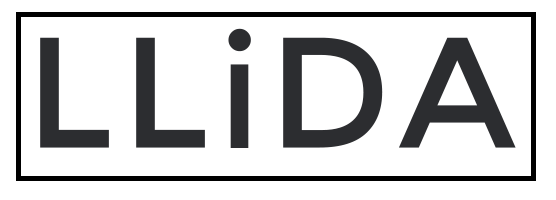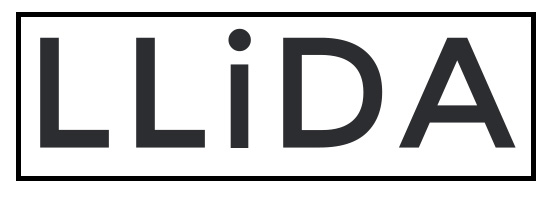Introduction
In collecting institutional data and snapshots of practice, our intention was to gain insights into how ‘digital literacies’ are currently interpreted and supported in UK HE and FE. We actively sought contributions from central services staff across the range of services potentially involved, from specialist projects or centres, and from those in academic departments working to embed literacies into the curriculum. We expected this last group of people to be much harder to reach, and this proved to be the case. Also very difficult to identify were examples of informal learner-led practices. We were, however, optimistic of finding multi-disciplinary work taking place across these groups, for example where central services staff have taken a pro-active role in supporting curriculum interventions or in setting up mentoring schemes.
This audit tool and guidelines are available for download and provide an excellent tool for institutions to assess their own provision in this area. We would be interested in hearing from you if you use (or adapt) them in your institution. Please email: [email protected] These materials are freely available under Open Licence
Download the audittool.doc – audit pro forma and auditguidelines.doc – guidelines to using the audit tool.
# benefits.doc | Brief supporting paper prepared for institutional auditors involved in the study (this highlights the benefits to your institution, and can be used to raise awareness and argue for the time and resources to carry out an audit).
Audit: Method
The audit process and guidance notes were developed after an initial review of the literature and issues likely to arise at an institutional level. They were further refined through an intensive piloting at Glasgow Caledonian University, and through feedback and discussion at 3 workshops with potential auditors and interested staff. Institutional auditors were recruited from these workshops, from personal contacts and partner agencies.
We were not looking for a representative sample of UK HE and FE but to record the current state of play in colleges and universities where ‘digital literacies’ were already perceived as an issue or agenda. Once identified and briefed, auditors were given a copy of the final audit tool and guidance notes, and made aware of the support available to them via email and the project wiki. In practice, auditors made little use of this support: the guidance notes seem to have been clear, though the audit process was often described as ‘difficult’ or ‘challenging’ at an institutional level.
Auditors were paid for the equivalent of two days’ work to collect the data from their institution, which they were advised to do through a combination of desk review of documentation and consultation with colleagues. A number ran focus groups to address specific areas of the audit, particularly the reflective questions in section 7. Confidentiality was assured to all auditors and audit institutions: those with examples of excellent practice to report were encouraged also to submit snapshots (see below) which are publicly available on the project wiki.
Audit: Summary findings
Fifteen institutions completed the full audit of which 2 were FE colleges. Of the 13 Universities, the mix of pre- and post-1992, and of Scottish and English institutions was reasonably representative. There were no Welsh institutions represented. Where responses from FE were significantly different from responses from HE, they have been treated separately. The point was not to take a representative sample but to look in detail at how a range of different institutions are responding to the challenges outlined thus far in the report.
Of those carrying out the audit, 6 (40%) were staff in a subject department, and 9 (60%) worked in central services. 5 of the 6 subject staff were involved in a special digital literacies project, while only 4 of the services staff were so involved, suggesting that most of the subject staff had a personal interest in digital literacies outside of their day-to-day role, while services staff may have become involved out of personal or professional interest.
Comments in the audit notes and by email have indicated that the process of auditing has in itself contributed to strategic change:
- An immediate outcome from this audit is a request (from two faculties) to bring the tool to Faculty Learning and Teaching Committee for wider discussions.
- The audit has clearly woken up a number of people about the need to address the issues.
- I think we’ve really benefited from doing this, and it’s helped us consolidate what’s happening across the University
- Already the outputs of our internal audit are making changes to what we do and how we do it, so thank you for involving us in the project and giving us an impetuous for change.


